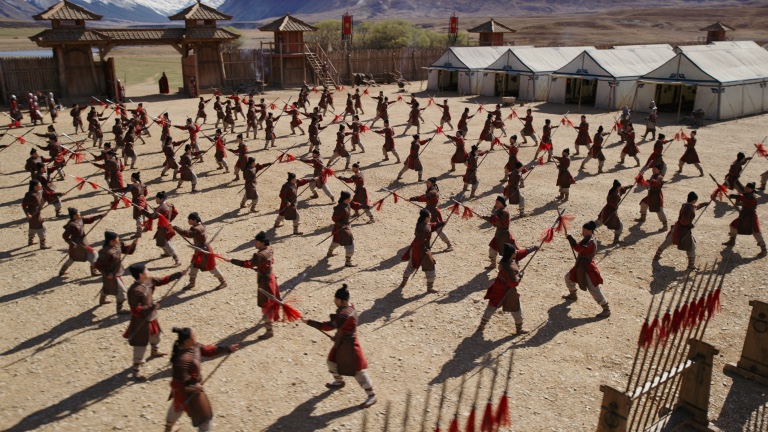Every autumn in the entertainment industry, the many below-the-line crafts in a year’s films are often under appreciated by a celebrity-oriented press corps, both foreign and domestic, who often seek nothing but a parade of stars come the lengthy awards season. Yet, the various crafts in a film, with the artists behind those trades, in addition to the unquestionable impact of those fields on the look and sound of a film, are certainly worthy of equal footing to the on-camera talent. And makeup artistry and hairstyling stand as crucial elements to a film on par with costume design in the presentation of an onscreen actor or actress.
In 2011, as many vital makeup-oriented projects exist as in any recent year, and certainly with the advent of new makeup materials and processes, the artists and techniques in these films deserve critical attention by the entire cinema community.
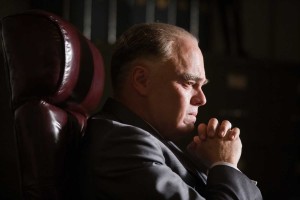
Amazingly, the Harry Potter films, a decade strong of them, have never been nominated, much less won, an Oscar for best makeup. Despite the numerous creatures, special makeups, character makeups, and all manners of hairstyles and beards, the Academy has yet to justify an Oscar nod for anything Potter. Ostensibly, this is their last chance as Harry Potter and the Deathly Hallows, Pt. 2 is the final Potter film – for now. In for the entire series ride has been makeup effects designer Nick Dudman, whose work encompasses 30 years of films, going back to his working as a trainee on other English-based genre movies including Superman II and The Empire Strikes Back. Key on the Deathly Hallows Pt. 2 team are also prosthetic makeup supervisor Mark Coulier (who has worked on the last five of the eight Potter films and six in total) and makeup designer Amanda Knight (who has held that title on all eight Potters). Perhaps the confluence of digital technologies with special makeup effects has turned off – or confused – some members of the Academy. Case in point would be Ralph Fiennes’ Lord Voldemort character. The hideous conception works exceptionally well onscreen, with Fiennes’ features dramatically altered by prosthetics; however, the removal of a nose in favor of ghastly nasal slits could not be easily achieved with makeup and was created by digitally erasing Fiennes’ nose over which the new image can be positioned. Nonetheless, one would assume that the many other effective makeups in the film, and, moreover, the entire blockbuster series, ultimately warrant an official recognition of achievement on the part of the Academy, even if only in the form of a nomination.
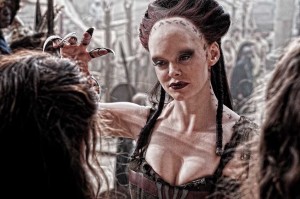
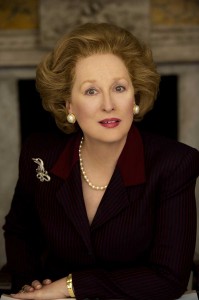
An Irish-based film is Albert Nobbs, which presents star Glenn Close as a woman living life as the man identified in the title so that she can work in conventionally male jobs in period Ireland. For the show, Matthew Mungle created subtle prosthetic pieces for Close’s nose tip and earlobes, with dental plumpers that reshaped the actress’ cheeks into a more masculine facial shape. After setting up the process of creating the makeup, Mungle handed off the job to Irish makeup artist Lynn Johnston who did Close’s makeup on a daily basis thereafter. Mungle also designed a similar makeup for the other lead actress “passing” as a man in the film, Janet McTeer, who wore similarly fabricated nasal and ear pieces with plumpers and teeth. Convincing male wigs were created for both Close and McTeer by Martial Corneville to round out the memorable primary looks for the film.
Also to be considered is Anonymous, a controversial period drama which purports the idea that the Earl of Oxford, Edward De Vere, played by Rhys Ifans, actually wrote the plays of William Shakespeare. The film, shot in director Roland Emmerich’s native Germany, was co-supervised by makeup department heads Heike Merker and Björn Rehbein who were tasked with accurately recreating late 1500s-early 1600s English characters. Among their tasks were the minutiae involved in realizing detailed hairstyles to reflect the 16th and 17th centuries.
A new French film, Gainsbourg – A Heroic Life, offers a series of outstanding makeups to fulfill its true story of French singer Serge Gainsbourg. The film spans the period of his youth in 1940s Paris through his career as a singer-songwriter in the 1960s. The film culminates in his untimely death at the age of 62 in the early 1990s, mandating that this little-known but relevant film feature not only methodical character makeups, but taking its characters through many age stages. The French-based makeup/hair crew worked diligently to create these looks; one notable crew member to Academy members might be Spaniard David Marti, who executed the complex creatures in Guillermo del Toro’s Pan’s Labyrinth in 2005.
Another French film, The Artist, is set in the 1920s, concerning the world of silent films, requiring the project to not only be a silent film itself, but to also be presented in black-and-white. This addition meant that makeup department head Julie Hewett not only design for a period more than eight decades old, but she also had to account for the “heightened reality” of the black-and-white realm that the filmmakers sought. Not only was careful attention paid to the color palettes used on the actors, but equal if not greater care was given to the hairstyles and facial hair. Of note, The Artist was filmed in color, but tests and dailies were projected in black-and-white, which allowed Hewett and her team to make adjustments to actuate the crisp final images that they finally put forth.
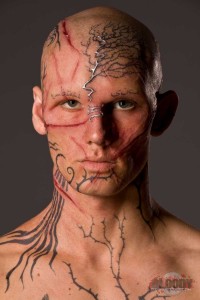
In total, these films and possibly others are likely to garner deserved attention by the Academy as the industry pushes forward towards stringent consideration for Oscar nominations.





